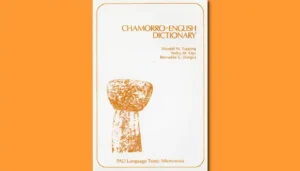
Revised Chamorro-English Dictionary
As part of a larger effort to preserve and revitalize the language, the CNMI’s Chamorro community began in 2008 to revise Topping, Ogo, and

As part of a larger effort to preserve and revitalize the language, the CNMI’s Chamorro community began in 2008 to revise Topping, Ogo, and
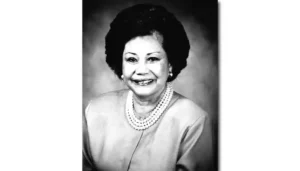
Pilar Cruz Lujan (1930 – 2022) was a CHamoru language advocate and leader, groundbreaking educator, and a six-term senator in the Guam Legislature.
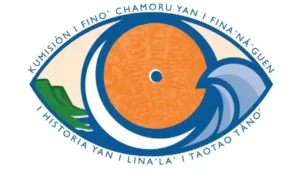
With the enactment of PL 33-236 re-establishing I Kumisión i Fino’ CHamoru yan i Fina’nå’guen i Historia yan i Lina’la’ i Tåotao Tåno’ (Kumisión) came
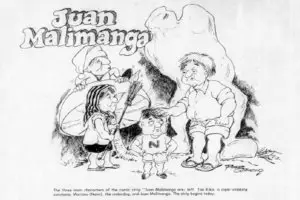
“Juan Malimanga” is the first comic strip in local print news that is written completely in the CHamoru language. The comic strip, originally written by
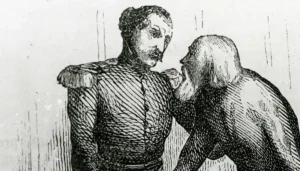
In 1817 Adelbert von Chamisso recorded the CHamoru terms for what he assumed were cardinal directions: Timi (North), Seplun (South), Manuu (East), Faniipan (West). These
3rd Workshop in Preparation for the 12th Festival of Pacific Arts. Guam hosted the Festival of the Pacific Arts (FestPac) in 2016, a region-wide festival
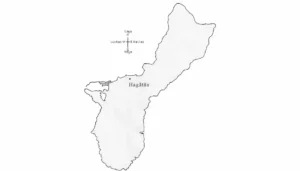
In westernized Guam the cardinal directions are lågu for north, håya for south, kåttan for east and luchan for west. If you examine the map
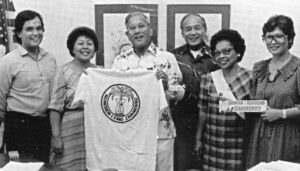
The goal of education in any society is to impart knowledge and to equip people with the tools necessary to become valuable and contributing members
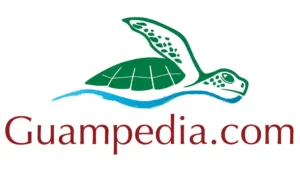
CHamoru activism in the 1970s. In the 1970s, several CHamoru activist groups organized to resist both local injustices and United States colonialism on Guam in
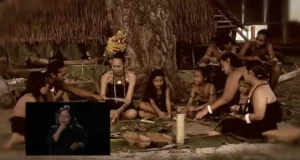
Guam Community College created a series of 16 videos in Fino’ Håya, the indigenous language of the island of Guam, in an effort to revive,